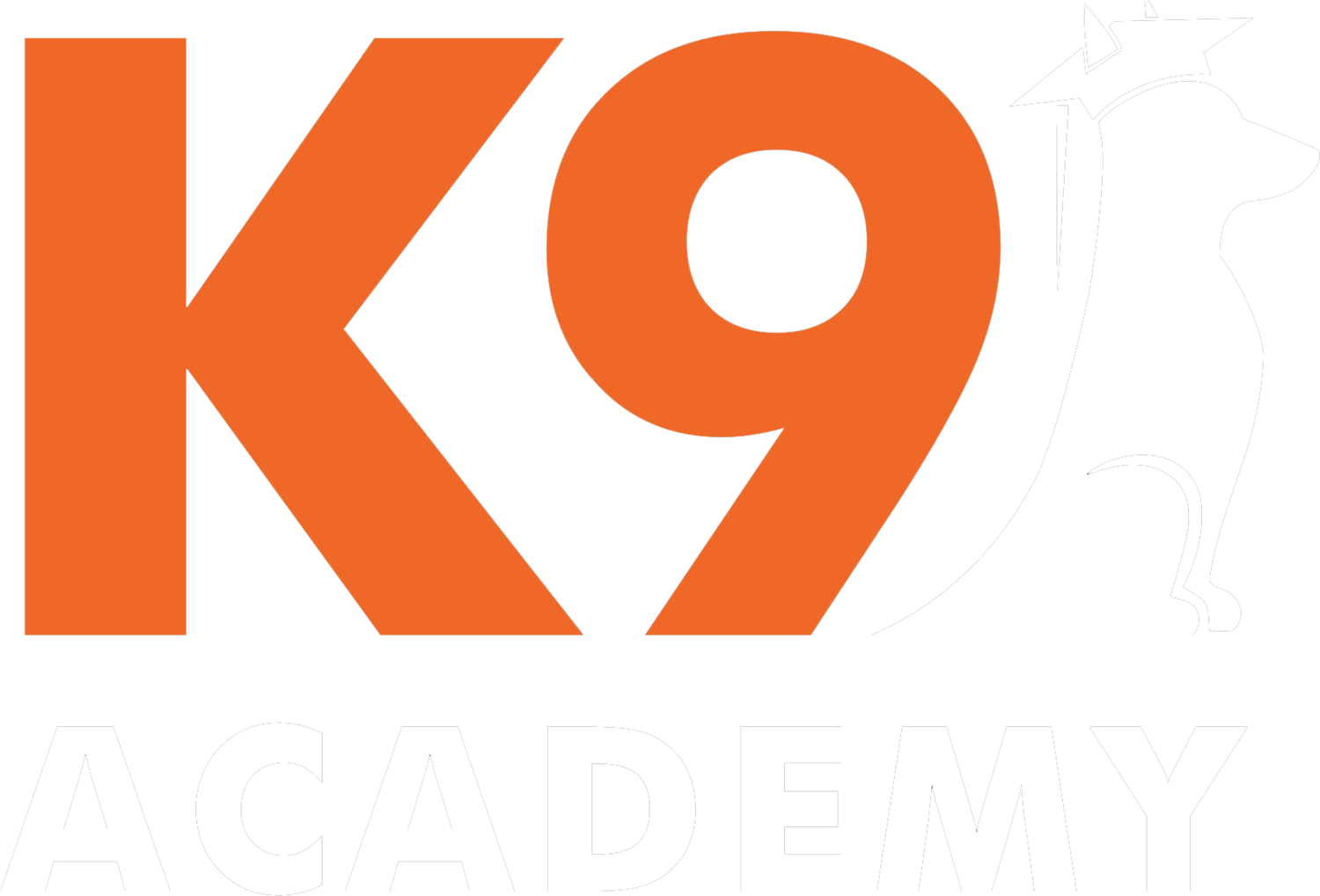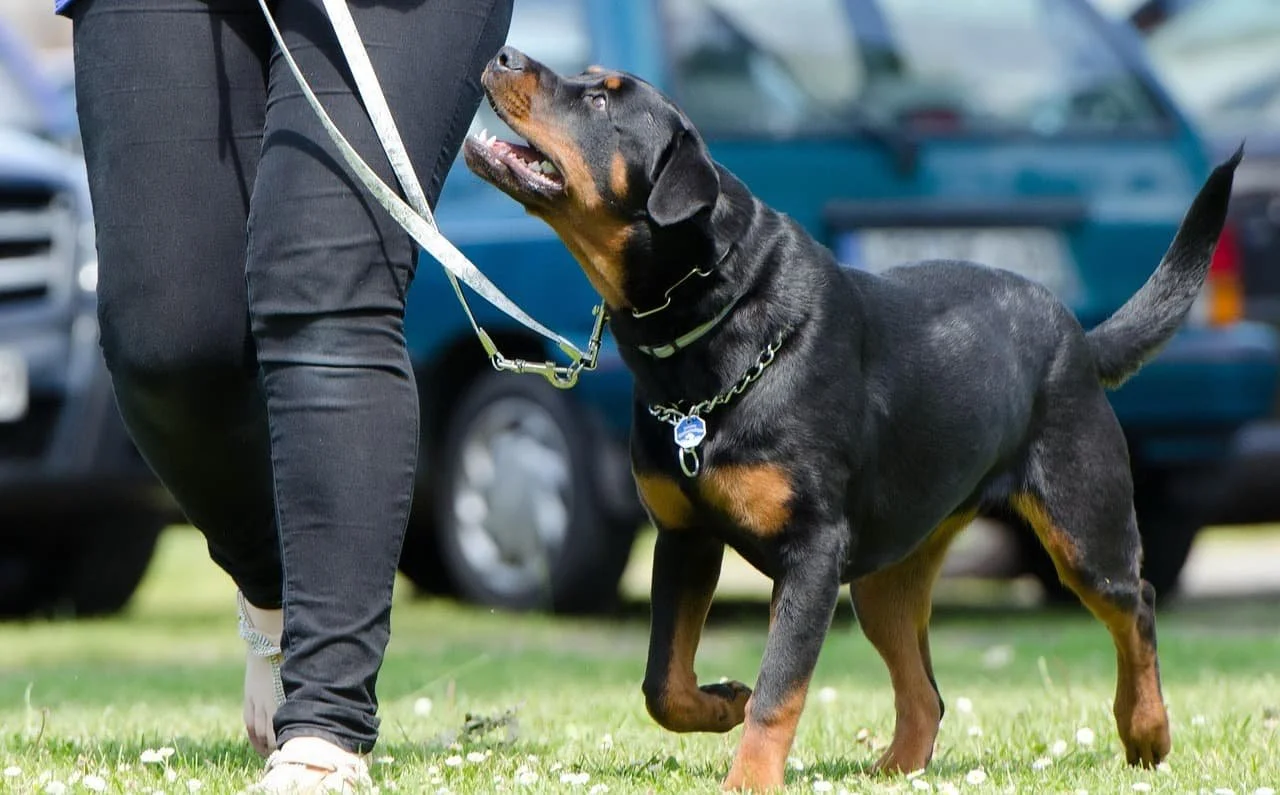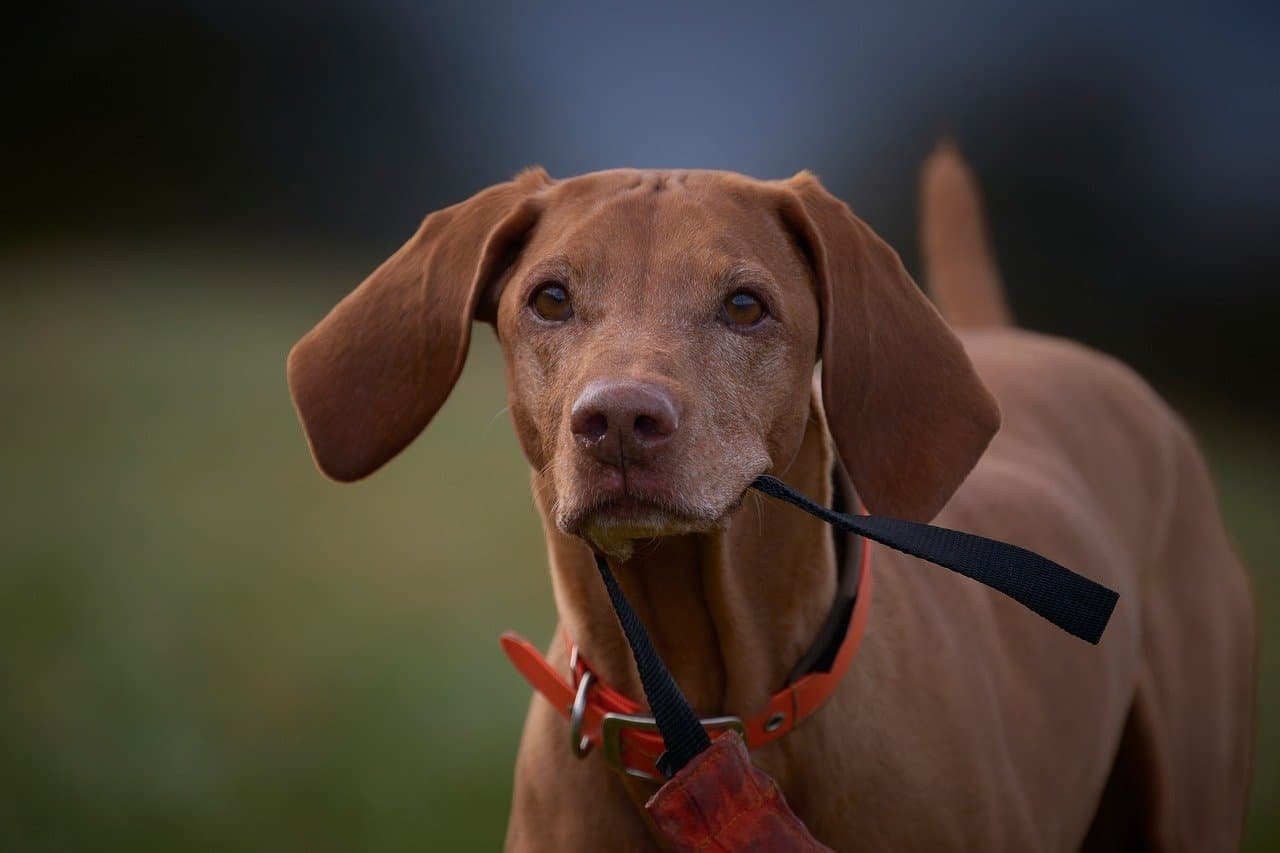Essential Dog Training Equipment for Effective Canine Training
Equipment is essential when teaching your dog good behavior skills like obedience training. A well-chosen tool can make it easier to enforce specific rules and assist the dog in the learning process. Of course, it is important to remember that success is not simply having the correct equipment. The tools must be applied properly for humane, effective, and lasting results.
At K9 Academy Training, we approach behavior modification with the understanding that the right equipment and tools can have a major impact on a dog’s behavior. Our trainers specialize in using the right equipment for various types of training, ranging from basic manners to challenging behaviors such as aggression and anxiety.
Whether you’re training a new puppy, improving house manners in a family dog, or dealing with more difficult behaviors, it’s critical to know the various types of dog training equipment to maximize effectiveness.
Training Collars: Finding the Correct Equipment for Obedience
Training collars are one of the dog training equipment most frequently used. While there are several collars, each has its specific use. The selection depends on the dog’s issues, the training objectives, and the handler’s preferences. Flat collars, martingale collars, slip leads and prong collars are some of the common training collars.
Flat collars are suitable for the dog to wear on a daily basis and for basic obedience training. They facilitate the attachment of ID tags and are appropriate for walks or informal training. Martingale collars are good for dogs with narrow heads or for those who tend to slip out of regular collars. Their design offers some degree of control while providing moderate comfort.
They are often used to help teach dogs to walk nicely on the lead, allowing handlers to steer dogs without discomfort gently and without any pain. Used for stronger and more reactive dogs, prong collars provide gentle but clear communication through pressure in more strata training. At K9 Academy Training these collars are applied according to each dog’s evaluation for optimal comfort and effectiveness during obedience training, which maximizes comfort and effectiveness.
Leashes for Communication and Control in Training
Training a dog requires various tools, and one of them is a leash. Like collars, leashes come in different types and can both help or hinder training. Standard and retractable leashes are the most common leashes used in dog training.
For instance, K9 embraces the use of standard leashes since they allow the handler to have complete control over the dog’s movement. This is particularly vital during obedience sessions, where consistency is required. Standard leashes remain preferred because they provide the trainers with the opportunity to offer instant feedback and reinforce compliance with commands.
Retractable leashes offer the greatest freedom to both the handler and the dog. These leashes are most appropriate for casual strolls, allowing dogs the freedom to roam and explore. Although not suitable for focused training, these can be beneficial in less structured environments where exercise and exploration are prioritized.
Harnesses: Providing Control and Comfort for Leash Training
Pulling and sensitive necks have made collars uncomfortable for dogs and their owners. As such, harnesses have become increasingly popular substitutes. Instead of collars, these can be used to ensure no pain is inflicted during training. There are various types of harnesses with different degrees of control a trainer can have.
Front-clip harnesses are ideal for dogs that tend to pull on the leash. These harnesses help redirect the dog’s focus to the handler, helping them walk on leash politely and in a comfortable manner.
Back-clip harnesses fit loose, less energetic dogs or those that do not pull very hard. While they are comfortable and allow the dog free range of movement, they are not very useful for correcting leash manners.
While head halters give the best control for dogs that pull and are reactive, they help control a dog’s head and are very useful for training sessions that require a lot of control. At K9 Academy Training, each harness is chosen based on a dog’s individual requirements to ensure comfort and control during training sessions.
Clicker Training: Reinforcing Positive Behaviors with Precision
At K9 Academy Training, clicker training is used for improving response times, accuracy, and understanding during obedience sessions. Clicker training aids both dogs and their handlers by allowing the former to learn at their own pace and the latter to communicate with precision indicating a click, marking clear and distinct cues.
Treats: Motivating Dogs Through Positive Reinforcement
When it comes to dog training, there are few things as important as treats, especially when it comes to using positive reinforcement. Treats help motivate dogs to repeat the desired behavior. While this is correct, it is just as important to note that the treats should be of a certain standard and should be dispensed less and less over time as the dog’s obedience improves.
Treat training can encompass anything from small biscuits to soft, chewy bits. K9 Academy Training has made a point of ensuring that each dog responds to different types of treats, thus reinforcing commands without Ideal reward systems enhance compliance via cohesive and structured training sessions.
Target Sticks: An Aid to Shaping Behaviors
In dog training, target sticks are used as tools to assist in shaping behaviors. They are typically used in more advanced stages of training, especially for teaching dogs to follow precise movements and perform tricks. A target stick is brightly colored at the end so that a dog can learn to follow it and either nose or paw at it.
This type of training aids with agility work, scent detection, or even trick training. At K9 Academy, target sticks reinforce focus in precision advanced training, aiding with skill perfection and accuracy to handler cues.
E-Collars: Training Aids for Control at a Distance
E-collars, or electronic collars, are used in off-leash dog training and are considered a more advanced piece of equipment. E-collars permit trainers to “speak” to dogs at considerable distances. Trainers can give mild stimulation to enforce compliance and recall. With the right training, e-collars can be very useful for dogs that tend to be distracted easily or need extra support to guide them through training.
K9 Academy trainers use e-collars only after a dog has developed a solid understanding of the basic commands to ensure proper obedience. The professional trainers at K9 Academy use e-collars as a positive reinforcement device rather than as a form of punishment.
Training Mats: Teaching Calm and Focus in Any Environment
Training mats are important tools that assist with training dogs to settle in public and high-stress environments. These mats are designed to help teach relaxation skills, especially for dogs that are prone to overexcitement or anxiety in strange places.
As part of the K9 Academy’s trainers’ focus on impulse control, they have successfully taught dogs to maintain calm behavior while sitting in cafes and waiting in veterinary offices, which has, in turn, helped many dogs build confidence in public spaces.
The Importance of Training Equipment in Dog Obedience and Behavior
The proper use of dog training equipment fosters clarity, consistency, and effective communication between dogs and their human handlers. When properly applied, these tools reinforce training by shaping behavior and movement while helping to minimize confusion.
At K9 Academy Training, we temper our use of training equipment with the unique learning and behavioral needs of each dog, integrating it in a kind, results-oriented manner that encourages progress.
Fostering Communication Between Dogs and Handlers
Handlers are able to communicate with dogs using leashes, collars, harnesses, and long lines during foundational and advanced obedience training in different levels and phases of training.
During K9 Academy Training, the standard six-foot leash helps with teaching spatial awareness and leash manners while the long line aids in teaching off-leash recall in controlled settings. These aids allow handlers to gently guide dogs to perform and respond to basic obedience commands like sit, stay, heel, and come.
Using training tools appropriately helps relay instructions with clearer communication, minimizing a dog’s uncertainty. Dogs require spatial boundaries, especially within distracting environments, to focus attention.
These settings require more focus, and a dog’s attention can be sharpened through tactile feedback. Trainers at K9 Academy are dedicated to helping dogs respond to cues using gentle methods, so all corrections and rewards are given at the right moment.
Improving Framework and Security In During Training
Dog training aids also provide rigidity which is important for obedience and self-control. For example, place boards help define borders during stay and duration exercises. This helps dogs learn to stay in a given position until they are released.
Proper use of crates during training fosters calmness during calmer periods and teaches the dog to relax during transitions. These structural devices not only support the dog’s training timetable but also their need for predictability which is essential for learning.
In public or highly distracting environments, the right equipment ensures safety for both the dog and the public. Secure collars and harnesses can prevent escape, and muzzles can be used during rehabilitation of reactivity when the dog needs to be safe.
A complete behavioral evaluation has to be done as selection of equipment is based on the dog’s needs and objectives as recommended by trainers.
Reinforcing Engagement and Responsibility
As skills improve, equipment may be incorporated during advanced obedience drills. For example, off-leash control or sharp responses may require the use of prong collars or e-collars to enhance the baseline command.
Skilled professionals apply these tools after positive reinforcement has built the desired behavior. They do not use these tools as an easy option.
Responsible balanced training incorporates tools with care and balance. At K9 Academy, every piece of equipment comes with a proper explanation. No equipment is used without purpose, and handlers are shown how to correctly use each tool.
The focus remains on fairness and consistency so that equipment remains a supportive aid rather than a crutch.
Equipment Selection Relative to a Dog’s Disposition and Training Phase
Each piece of training equipment has to take into consideration the dog’s age, size, disposition, drive, history, and energy level. A calm, attentive dog may only need a flat collar, while a dog that tends to pull may need a head halter or harness. Timid dogs need more confidence-building tools, while high-drive dogs might need more structure to their training.
These needs are professionally assessed during consultations or initial training sessions. At K9 Academy Training, equipment is introduced in a stepwise fashion, allowing dogs to adjust gradually while making steady progress. This careful consideration of tools and temperament ensures training is effective, compassionate, and tailored for the individual.
Conclusion
Effective communication and a dog’s learning experience are enhanced by using appropriate dog training equipment. Proper equipment ensures humane and productive training that reinforces optimal behaviors while minimizing confusion or frustration.
Like all professional trainers, the K9 Academy Training instructors know how to tailor tools to every dog’s needs and guide the owners on their effective use.
K9 Academy Training instructors personally adjust the training equipment for each dog so his/her comfort and safety is guaranteed while effective learning is achieved. This ensures that even the most challenging and older dogs, as well as puppies learning the basic lessons, achieve long-lasting success.



